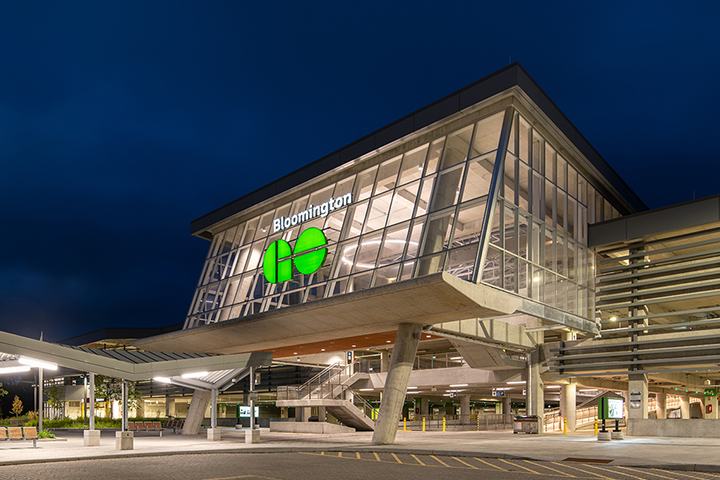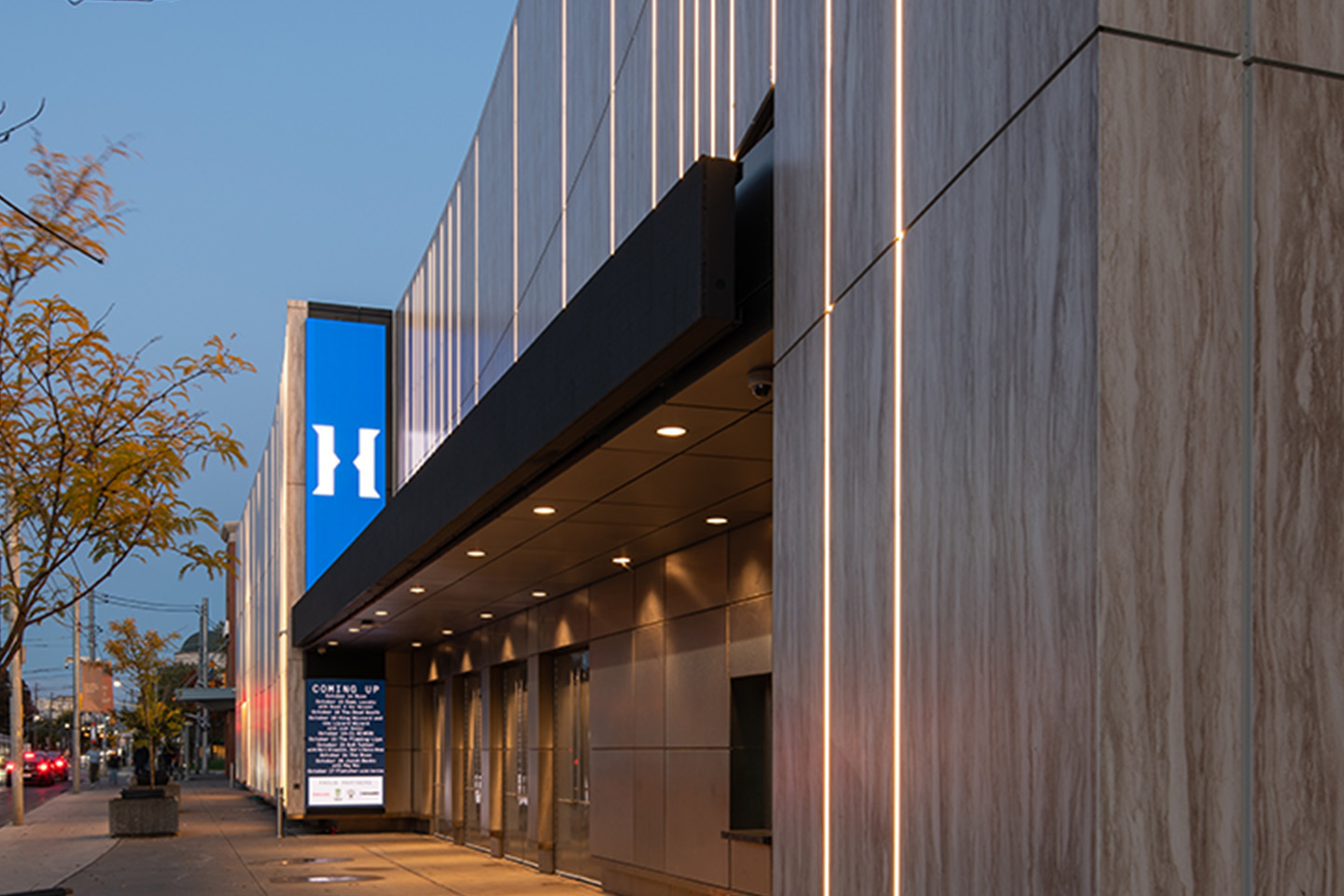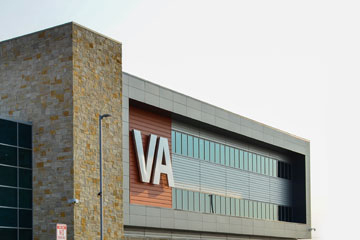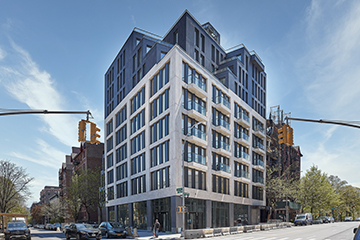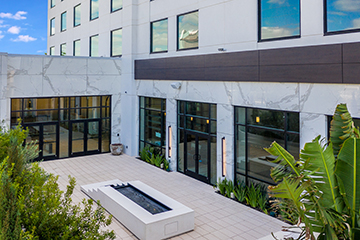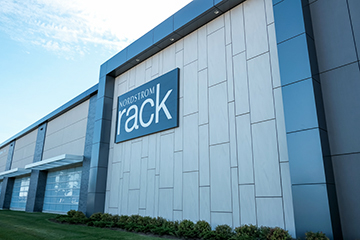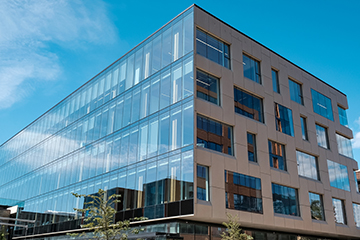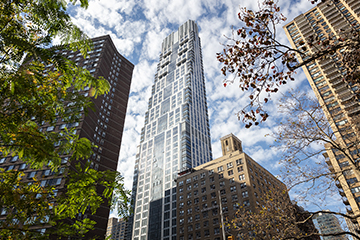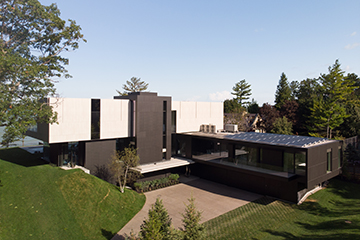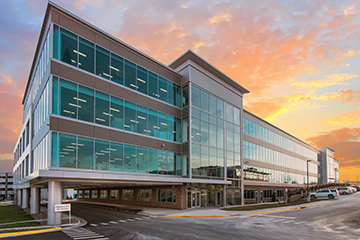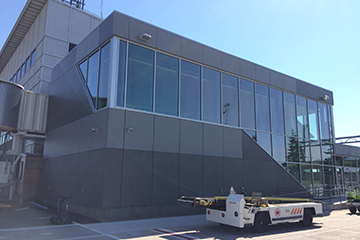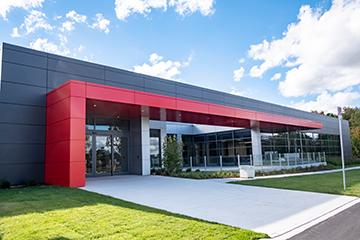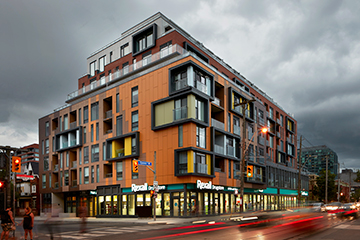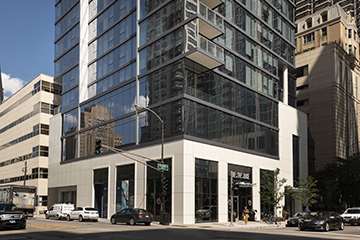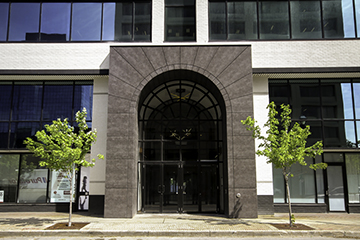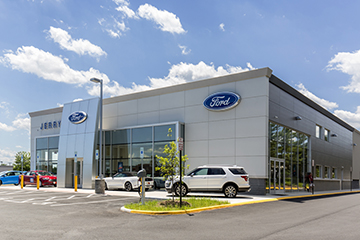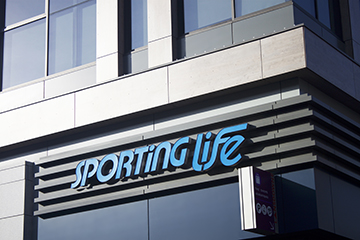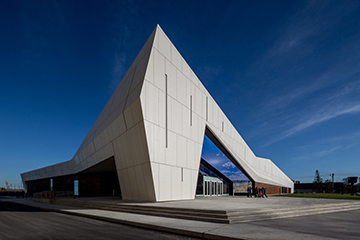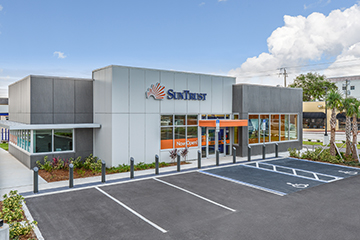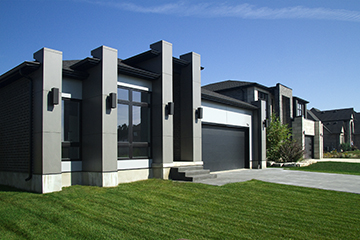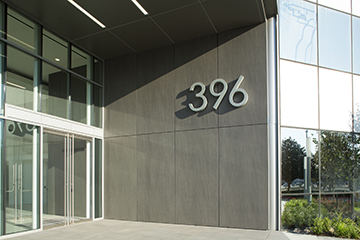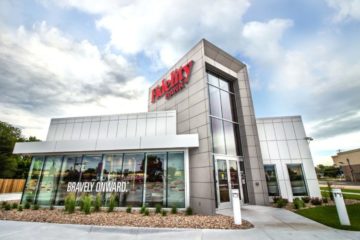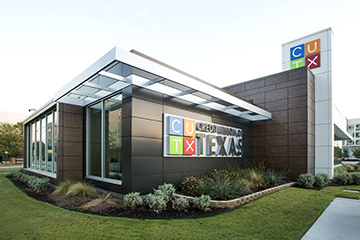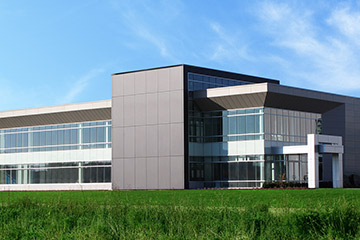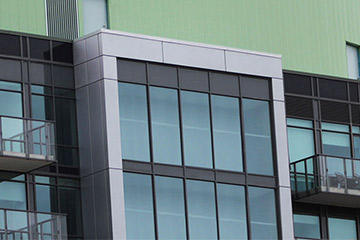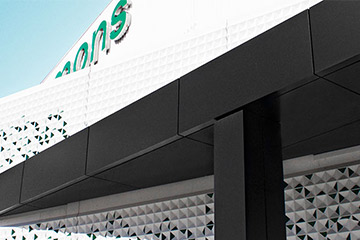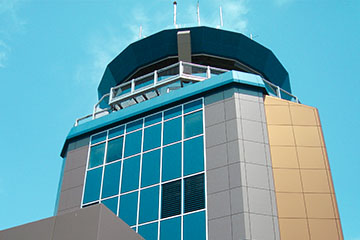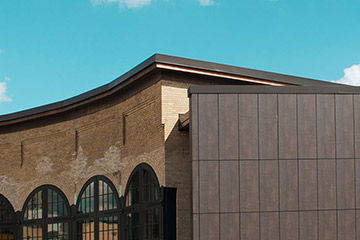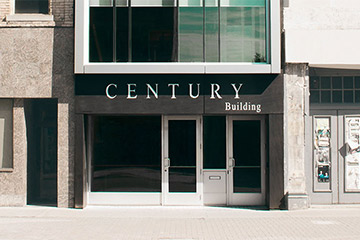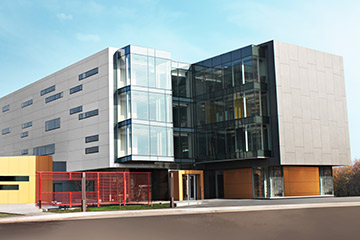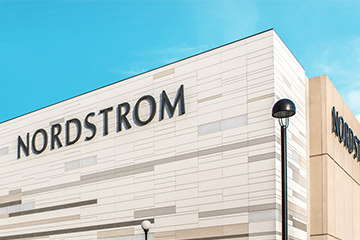What are the different types of exterior cladding?
Choosing the right exterior facade for your next commercial building project will not only make the building stand out with a stunning look, but it will also safeguard the building from severe weather and add to the lifespan of the structure.
There are a multitude of types of exterior cladding to choose from and each offer their own unique advantages. What exterior cladding is best suited for your next project? Below we’ve broken down some of the more common exterior cladding materials available.
Aluminum Cladding (Plate & ACM)
Aluminum cladding is lightweight, offers design versatility and is available in multiple colors and finishes.
The two most common types of aluminum cladding are aluminum plate and aluminum composite material (ACM). Aluminum plate is a high strength, low weight aluminum alloy sheet that’s corrosion resistant and has excellent formability. ACM is a lightweight flat panel made up of two thin aluminum sheets bonded to a non-aluminum core, designed for both interior and exterior applications.
With Alumitex® – Aluminum Facade System, architects can get maximum design flexibility and durability that’s a solid choice for any project requiring aluminum plate, aluminum composite material or mixed-material facades. Mounted to our Unity® attachment technology, Alumitex® can be integrated seamlessly with other Elemex® facade systems.
Brick Cladding (Masonry)
Brick cladding, or masonry, has been used as protection for the exterior of buildings for centuries. It’s resistant to fire and the harshest weather conditions, it’s easy to clean and maintain, and its installation includes a gap between the cladding and the exterior wall that allows for proper ventilation.
Brick cladding also offers a wide array of design possibilities, and is available in different colors, finishes and styles that can give any building a truly unique look.
Sintered Ceramic Cladding
Made by grinding down different natural materials, then compacting them into one solid slab using heat and pressure, sintered ceramic can be formed into lightweight cladding panels that are extremely durable – the panels can have a lifespan of decades – and allow for a variety of unique designs.
Our Ceramitex® – Sintered Ceramic Facade System is the definition of versatile. Lightweight yet durable enough to stand the test of time, the panels are large-format and are available in a range of colors and textures, opening up a world of design possibilities for architects. Ceramitex® panels are also impact and scratch resistant and graffiti proof.
Using our Unity® integrated attachment technology, the sintered ceramic panels help form a pressure-equalized rainscreen system and can be combined with other Elemex® façade systems.
Fiber Cement Cladding
Fiber cement is an economical option for projects requiring quality performance and durability from a cladding that can resemble brick or wood. Produced in the form of clapboards, fiber cement siding is typically manufactured using a mixture of water, cement, sand and cellulose fibers. The material offers excellent protection against the elements, is often long-lasting and requires little overall maintenance.
Glass Cladding
With an appearance that’s hard to beat, glass cladding offers a variety of advantages when applied to the exterior of a commercial building. Glass building façade is lightweight, resistant to harsh elements, can be energy efficient and gives architects an impressive number of design options. Glass cladding can be installed using several different systems, including curtain wall, window wall, storefront and as part of a rainscreen.
Solar Cladding
First, it can be attached to a building as part of a pressure-equalized rear-ventilated rainscreen (RVR) using our Unity® technology that also allows Solstex® to be integrated with other Elemex® façade panels in one system. The result is an exterior façade that protects from the elements and offers architects the flexibility to mix materials and create a truly unique design.
Second, it’s a building-integrated photovoltaic (BIPV) façade system, meaning it harnesses the power of the sun to lessen a building’s dependence on fossil fuel energy and generates energy savings that will cover the cost of installation in 10-12 years.
Second, it’s a building-integrated photovoltaic (BIPV) façade system, meaning it harnesses the power of the sun to lessen a building’s dependence on fossil fuel energy and generates energy savings that will cover the cost of installation in 10-12 years.
Precast Concrete Cladding
Precast concrete is manufactured in a factory using pre-set moulds. The precast concrete slabs are joined together on the construction site to create a building’s exterior cladding.
In addition to being durable like regular concrete, precast concrete can be made to look like an assortment of other materials, including stone and brick. It also comes in a range of colors, finishes and shapes. The downside is that installation of precast concrete can be more expensive than other exterior cladding materials as it requires a crane.
Stone Cladding
With cladding made of stone, like granite or limestone, commercial buildings get a polished, fresh façade that’s naturally durable and long-lasting. With a considerable expected lifespan, stone is strong enough to resist the harshest climate conditions and fading caused by harmful ultra-violet rays.
Made from 100 percent natural quarried stone, Stonitex® – Natural Stone Facade System is engineered to be thin and lightweight to allow for easy installation and versatile designs using our Unity® attachment technology. Stonitex® panels are available in a variety of standard color finishes and textures that will not only give your building a timeless and natural appearance but provides the design flexibility to assemble an exterior façade that’s extraordinary and unmatched.

